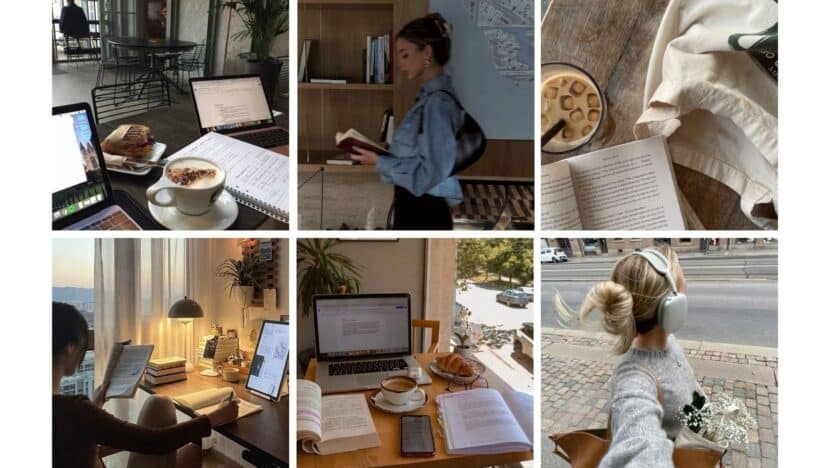Your study and work environment plays a crucial role in determining how productive, focused, and motivated you feel during learning sessions. The physical space around you, the tools you use, and the methods you employ all contribute to creating either a chaotic experience or a seamless, beautiful process that makes you want to dive deeper into your work.
Creating a beautiful study and work process involves blending visual appeal with proven productivity techniques to transform mundane tasks into engaging, enjoyable experiences. When your workspace feels inviting and your methods are optimized, you naturally spend more time learning and retain information more effectively. This approach goes beyond simple organization to encompass everything from aesthetic choices to scientifically-backed study strategies.
Throughout this guide, you’ll discover how to design an environment that inspires you, implement study techniques that actually work with your brain’s natural learning patterns, and optimize your daily sessions for maximum efficiency. The goal is to create a sustainable system that makes studying feel less like a chore and more like a rewarding part of your routine.
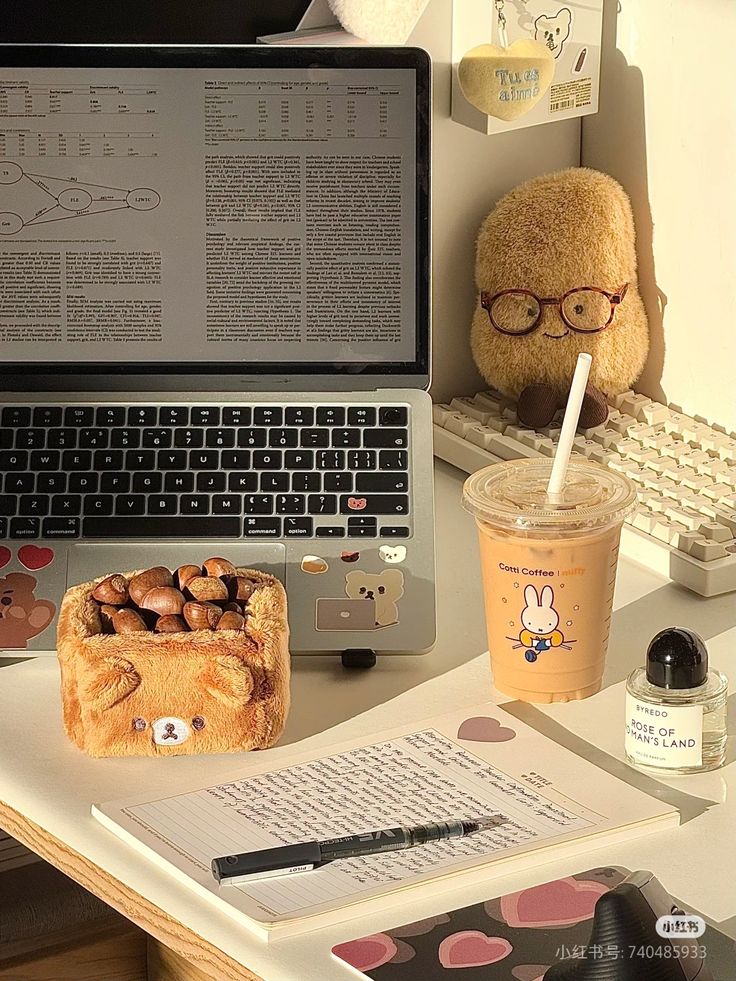

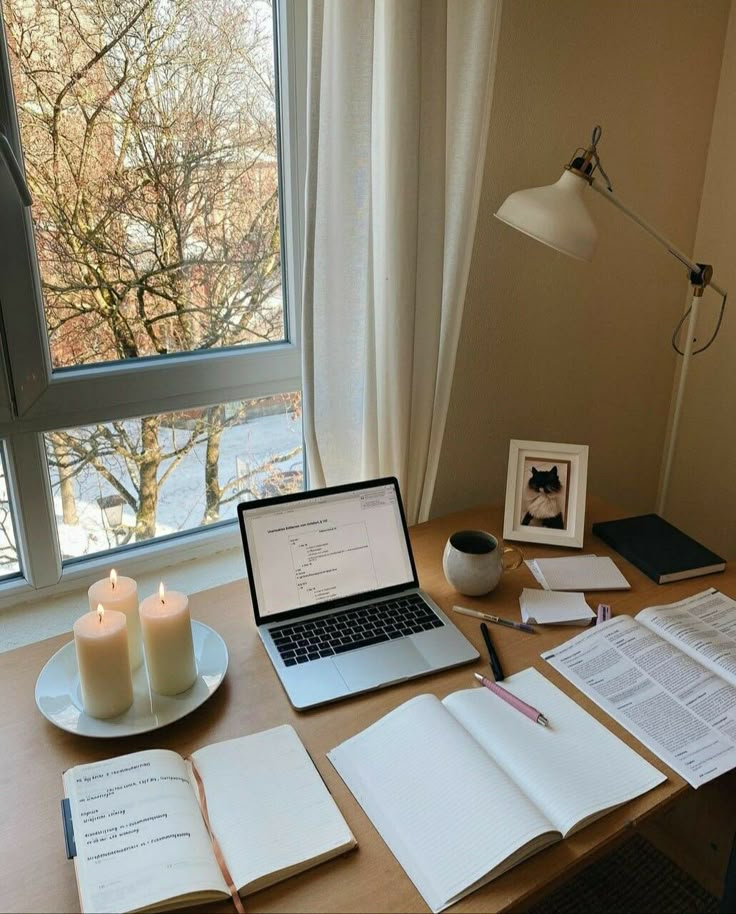
Key Takeaways
- A visually appealing and well-organized workspace significantly boosts motivation and focus during study sessions
- Combining effective study techniques with aesthetic elements creates a sustainable learning system that feels engaging rather than tedious
- Optimizing your environment, methods, and daily routines together forms a comprehensive approach to productive studying
Building a Beautiful and Effective Study and Work Foundation
The foundation of productive learning begins with understanding how you process information best and establishing habits that support consistent academic progress. A well-designed study environment that reflects your personal style creates the optimal conditions for focused work and meaningful learning experiences.
Understanding Your Learning Style
Your brain processes information through different pathways, and recognizing these patterns helps you study more efficiently. Visual learners absorb information best through diagrams, charts, and colorful notes that organize concepts spatially.
Auditory learners benefit from reading aloud, discussing topics with others, or listening to recorded lectures. You might find that explaining concepts out loud helps solidify your understanding.
Kinesthetic learners need movement and hands-on activities to grasp new material. Try walking while reviewing notes or using manipulatives when studying complex subjects.
Most people combine multiple learning styles rather than relying on just one approach. Experiment with different techniques to discover your optimal mix of visual, auditory, and kinesthetic methods.
Cultivating Productive Study Habits
Consistent study habits form the backbone of academic success and create momentum that carries you through challenging material. Start each session with a brief review of previous material to activate your memory networks.
Time-blocking dedicates specific hours to focused study without interruptions. Set your phone to airplane mode and inform others about your study schedule to protect this time.
Break large projects into smaller, manageable tasks that you can complete in 25-50 minute focused sessions. This prevents overwhelm and builds confidence as you check items off your list.
Active recall strengthens memory better than passive reading. Test yourself regularly using flashcards, practice problems, or by teaching concepts to someone else.
Creating an Inspiring Study Environment
Your physical space directly impacts your mental state and ability to concentrate on challenging material. Choose a dedicated area that signals to your brain that serious work happens here.
Lighting should be bright enough to prevent eye strain but warm enough to feel comfortable. Natural light from a window boosts mood and alertness during daytime study sessions.
Keep your desk surface clear except for current materials. Store supplies in designated containers or drawers to maintain visual calm while keeping essentials within reach.
Add personal touches that motivate you without becoming distractions. A small plant, inspiring quote, or photo can create positive associations with your study space.
Color psychology suggests that blue tones promote focus while green reduces eye strain. Incorporate these colors through desk accessories, wall art, or decorative elements that reflect your personality.

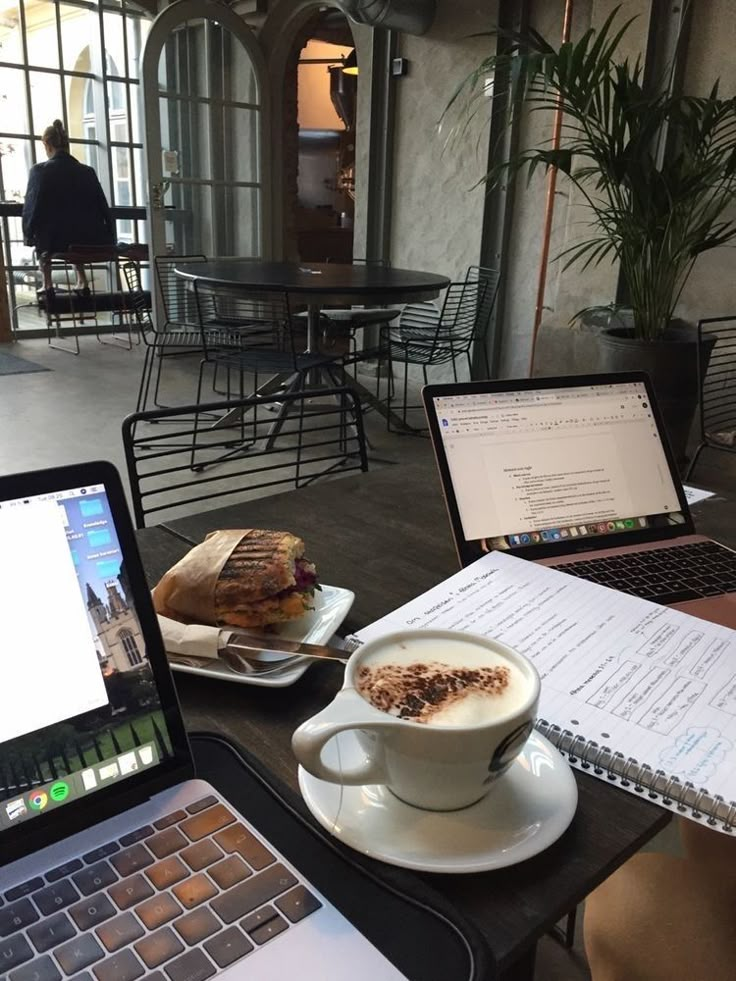

Mastering Study Methods and Techniques for Long-Term Success
Effective study methods combine cognitive science principles with practical application to maximize learning outcomes. Research shows that students using evidence-based techniques like spaced repetition, active recall, and strategic self-testing can improve retention by up to 50%.
Spaced Repetition and Long-Term Retention
Spaced repetition works by reviewing material at increasing intervals, which strengthens neural pathways and combats the forgetting curve. This technique moves information from short-term to long-term memory more effectively than cramming.
Start by reviewing new material after one day, then three days, then one week, and finally two weeks later. Each review session should be brief but focused.
Optimal Spacing Intervals:
- Initial review: Same day
- Second review: 1-3 days later
- Third review: 1 week later
- Fourth review: 2-4 weeks later
The key is gradually increasing the time between reviews as your memory strengthens. This approach requires less total study time while producing better long-term retention than traditional methods.
Active Recall and Self-Testing Strategies
Active recall forces your brain to retrieve information without looking at notes or textbooks. This process strengthens memory connections and identifies knowledge gaps before exams.
Close your books and write down everything you remember about a topic. Check your accuracy afterward and focus on areas where you struggled.
Create practice questions for yourself or use past exams. The act of generating answers from memory is more effective than passive reading.
Self-Testing Methods:
- Blank paper technique: Write explanations without references
- Question generation: Create your own quiz questions
- Teaching simulation: Explain concepts aloud as if teaching someone
Research confirms that students who practice active recall perform significantly better on tests than those who simply reread material multiple times.
Flashcards, Anki, and Digital Tools
Digital flashcard systems like Anki automatically schedule reviews using spaced repetition algorithms. These tools track your performance and adjust timing based on how well you know each card.
Anki’s algorithm increases intervals for cards you answer correctly and decreases them for difficult ones. This personalized approach maximizes efficiency by focusing time on challenging material.
When creating flashcards, use the minimum information principle. Each card should test one specific fact or concept rather than complex ideas.
Effective Flashcard Design:
- Keep questions simple and specific
- Include images when possible
- Use cloze deletion for fill-in-the-blank format
- Add context to avoid isolated facts
Physical flashcards work well for basic memorization, but digital tools offer superior scheduling and progress tracking capabilities.
Mind Mapping and the Feynman Technique
Mind mapping creates visual representations of information that show relationships between concepts. Start with a central topic and branch out to related ideas using colors, symbols, and keywords.
This technique engages both logical and creative thinking processes. Visual learners particularly benefit from seeing information organized spatially rather than linearly.
The Feynman Technique, developed by physicist Richard Feynman, involves explaining complex concepts in simple language. If you cannot explain something simply, you do not understand it well enough.
Feynman Technique Steps:
- Choose a concept and write it at the top of a page
- Explain it in simple terms as if teaching a child
- Identify gaps where your explanation breaks down
- Return to source material to fill knowledge gaps
Combine mind mapping with the Feynman Technique by creating visual explanations of concepts. This dual approach reinforces understanding through both visual organization and verbal articulation.

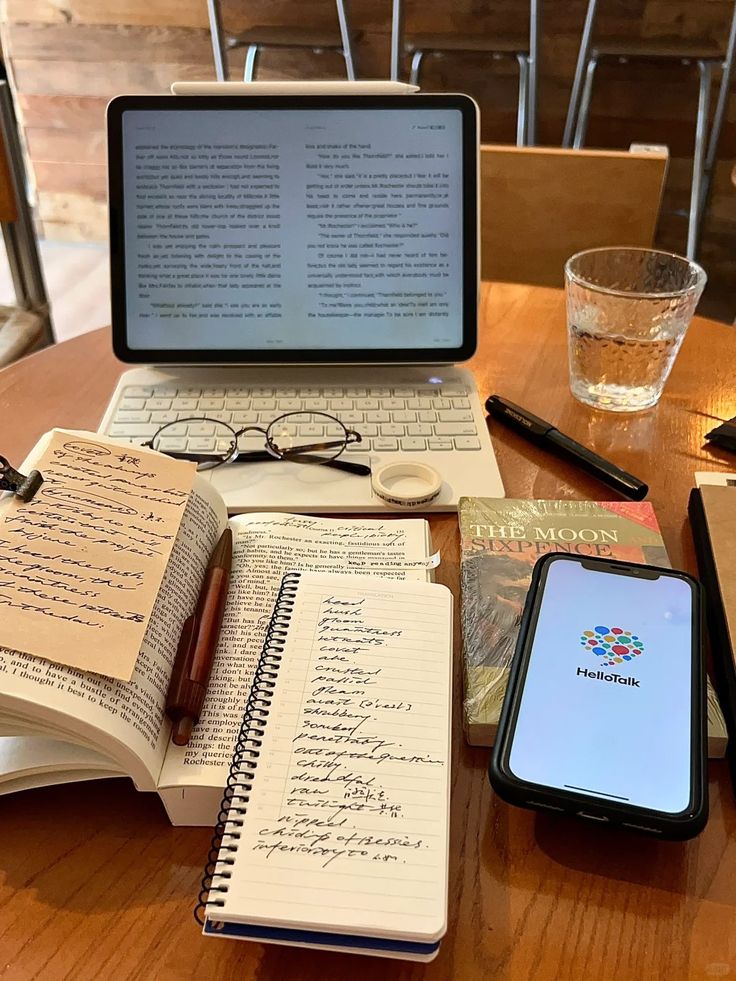
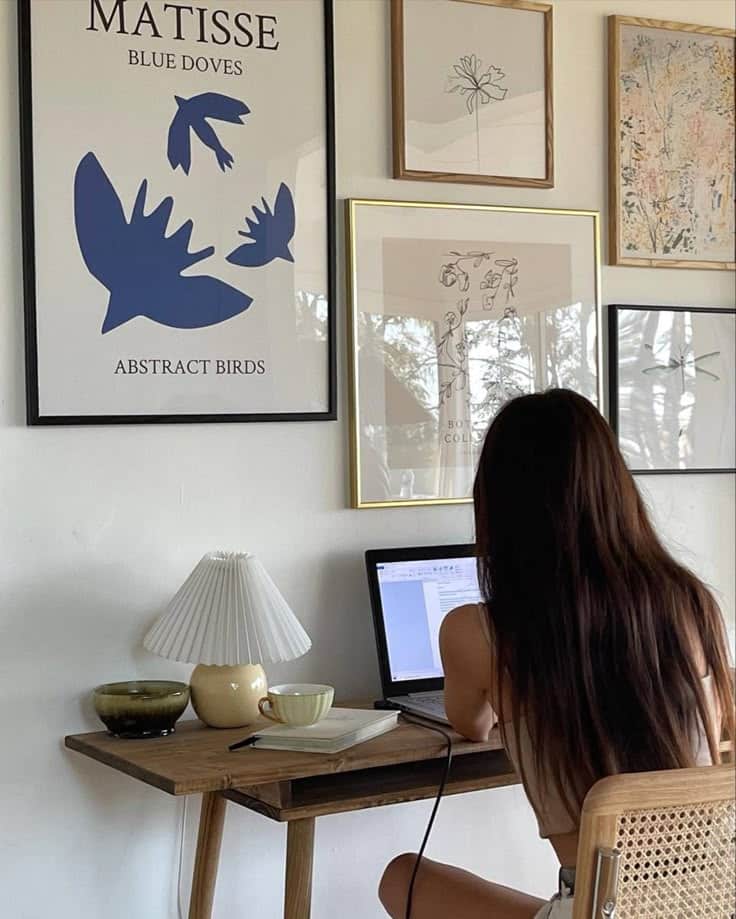
Optimizing Your Study and Work Sessions
Creating a structured approach to your study and work sessions transforms scattered efforts into focused productivity. This involves establishing consistent schedules, maximizing session effectiveness through proven techniques, managing time strategically, and balancing intense focus with restorative breaks.
Planning and Designing a Study Schedule
A well-designed study schedule forms the foundation of productive learning. Start by mapping out your weekly commitments and identifying consistent time blocks for studying.
Choose your most alert hours for challenging subjects. Most people experience peak concentration during morning hours, but identify your personal rhythm.
Create a weekly template that includes:
- Fixed study times for each subject
- Buffer periods for unexpected tasks
- Regular review sessions
- Assignment deadlines
Block scheduling works better than scattered short sessions. Dedicate 2-3 hour blocks to single subjects rather than jumping between topics every 30 minutes.
Use digital calendars with notifications to maintain consistency. Color-code different subjects or projects to visualize your study plan at a glance.
Build flexibility into your schedule by leaving 20% of your time unplanned. This accommodates unexpected assignments or topics that need extra attention.
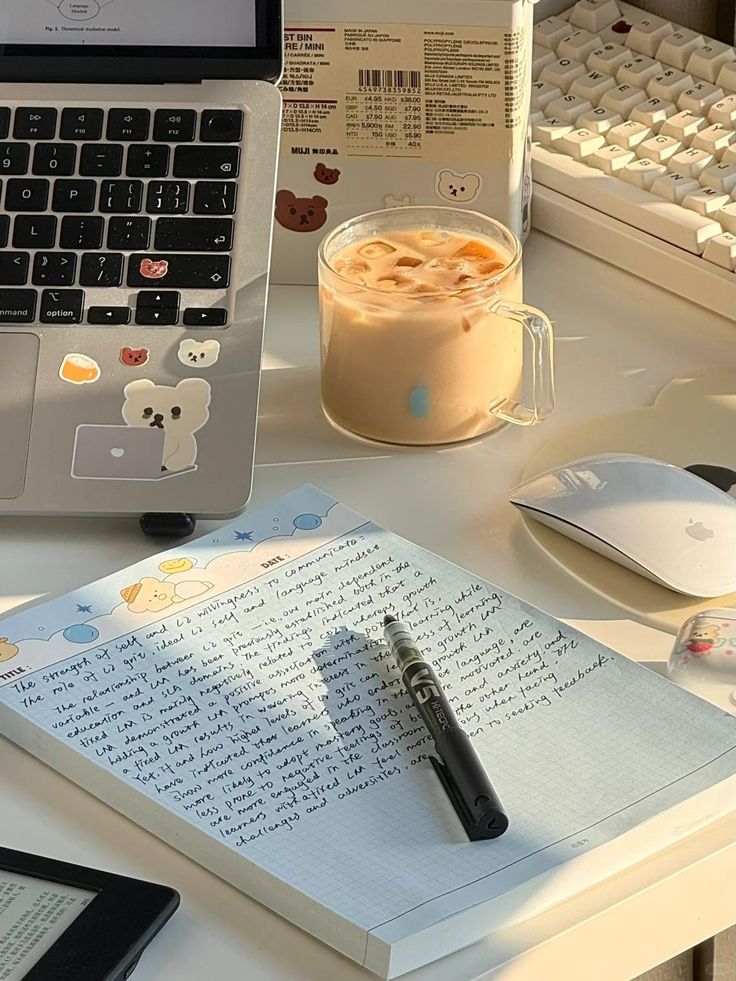
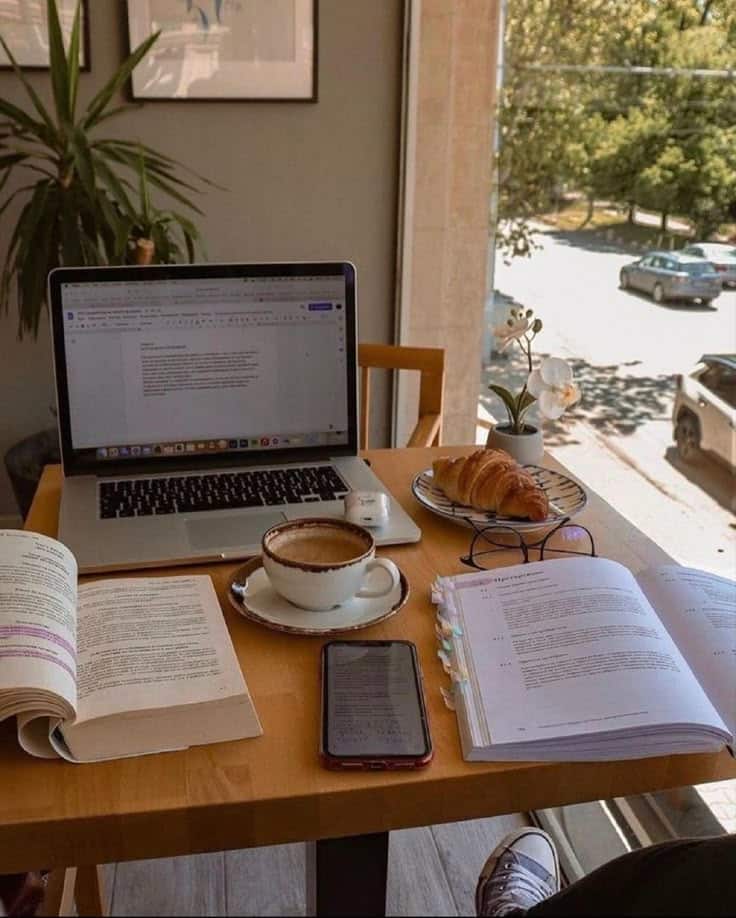

Making the Most of Study Sessions
Effective study sessions require intentional preparation and active engagement techniques. Begin each session with a clear objective and specific goals you want to accomplish.
Prepare your materials before starting. Gather textbooks, notes, highlighters, and digital tools to avoid interruptions during focused work.
Use active recall methods rather than passive reading. Test yourself frequently, explain concepts aloud, or teach the material to someone else.
Vary your study techniques within each session:
- Take handwritten notes for better retention
- Create mind maps for complex topics
- Use flashcards for memorization
- Practice problems for skill-based subjects
Set your phone to airplane mode and use website blockers on your computer. Remove visual distractions from your workspace before beginning.
Track your progress during each session. Note which techniques work best for different types of material and adjust your approach accordingly.
Time Management and the Pomodoro Technique
The Pomodoro Technique breaks work into focused 25-minute intervals followed by 5-minute breaks. This method prevents mental fatigue and maintains consistent concentration levels.
Standard Pomodoro structure:
- 25 minutes of focused work
- 5-minute short break
- Repeat 3-4 times
- Take a 15-30 minute long break
During work intervals, commit fully to one task. Avoid checking messages, browsing social media, or switching between subjects.
Use your 5-minute breaks for physical movement. Stand up, stretch, walk around, or do light exercises to refresh your mind.
Adapt the timing to match your attention span. Some people work better with 45-minute intervals, while others need shorter 15-minute bursts for difficult material.
Track completed pomodoro sessions to measure your daily productivity. Many apps automatically log your sessions and provide progress reports.
Incorporating Study Breaks and Motion
Strategic breaks prevent cognitive overload and actually improve learning retention. Your brain consolidates information during rest periods, making breaks essential rather than optional.
Schedule breaks every 45-90 minutes during long study sessions. This aligns with your brain’s natural attention cycles and prevents diminishing returns.
Active break activities boost blood flow and mental clarity:
- 5-minute walks around your building
- Simple stretching exercises
- Deep breathing or meditation
- Light snacks and hydration
Avoid screens during breaks when possible. Social media or videos can overstimulate your brain and make it harder to refocus afterward.
Incorporate movement throughout your study day. Stand while reading, pace during memorization, or use a standing desk for variety.
Take longer breaks between different subjects. A 15-20 minute pause helps your brain switch contexts and approach new material with fresh perspective.
Listen to your body’s signals. If you feel mentally foggy or physically tense, take an unscheduled break rather than forcing continued study.


